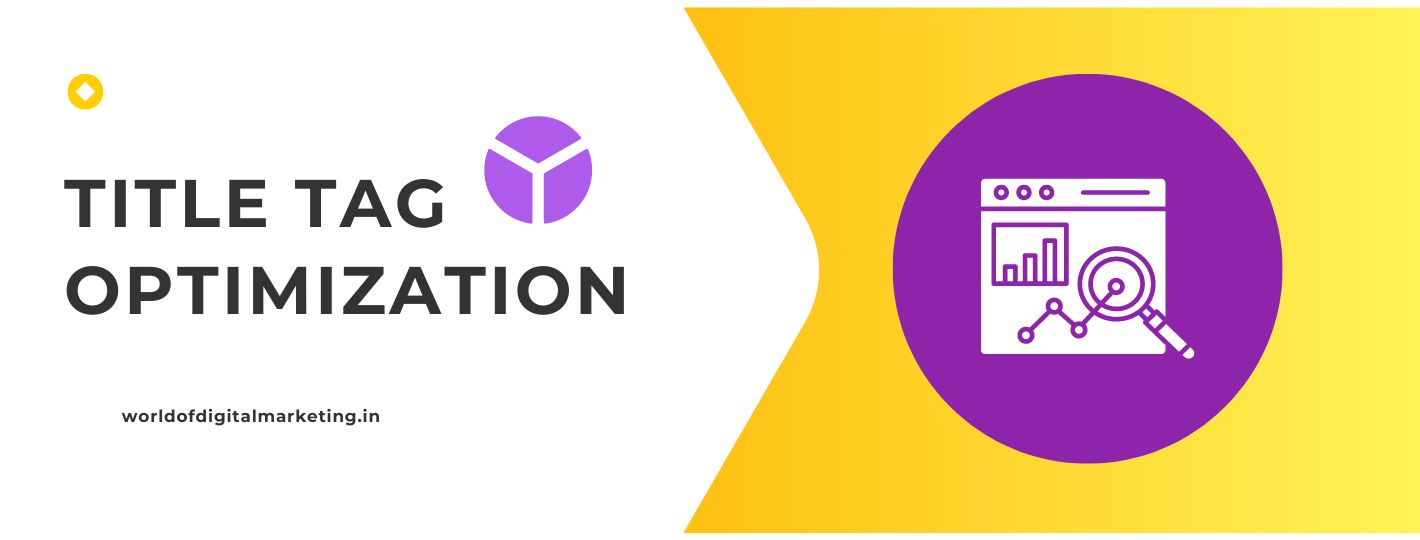The Disavow Tool is a feature provided by Google Search Console that allows website owners to inform Google that they do not want certain backlinks (links from other websites pointing to their site) to be considered when Google’s algorithm evaluates their site. Here’s a detailed explanation of what the Disavow Tool is and its importance:
What is the Disavow Tool?
The Disavow Tool is part of Google Search Console, a free service offered by Google that helps website owners monitor, maintain, and troubleshoot their site’s presence in Google Search results. The tool is used to disavow (reject) backlinks that are considered harmful or of low quality, which can negatively impact a site’s search engine ranking.
Importance of the Disavow Tool
- Protecting Your Site from Harmful Links:
- Sometimes, a site may acquire backlinks from spammy or low-quality websites. These links can harm the site’s reputation and rankings in Google’s search results. By disavowing these links, you can protect your site from such negative effects.
- Improving SEO Performance:
- Backlinks are an important factor in Google’s ranking algorithm. High-quality, relevant backlinks can improve a site’s SEO performance, while low-quality, irrelevant, or spammy backlinks can hurt it. The Disavow Tool helps ensure that only the desired, high-quality backlinks are considered in the site’s ranking.
- Recovering from a Manual Penalty:
- If your site has been hit with a manual penalty by Google due to unnatural linking practices, using the Disavow Tool can be part of the process to recover from the penalty. Disavowing harmful links can demonstrate to Google that you are taking steps to clean up your backlink profile.
- Maintaining a Clean Backlink Profile:
- Regularly monitoring and maintaining your site’s backlink profile is crucial for long-term SEO success. The Disavow Tool allows you to take control over which backlinks should not affect your site’s ranking, helping you maintain a clean and authoritative backlink profile.
How to Use the Disavow Tool
- Identify Harmful Links:
- Conduct a backlink audit using tools like Google Search Console, Ahrefs, SEMrush, or Moz to identify low-quality or spammy backlinks.
- Create a Disavow File:
- Prepare a plain text file (.txt) with a list of URLs or domains you want to disavow. The file should be formatted with one URL or domain per line, and you can include comments by starting the line with a “#”.
- Submit the Disavow File:
- Go to the Disavow Tool page in Google Search Console, select your property, and upload the disavow file.
- Monitor Your Site:
- After submitting the disavow file, monitor your site’s performance and rankings in Google Search Console to see the impact.
Best Practices for Using the Disavow Tool
- Use the Tool with Caution:
- Disavowing backlinks should be done carefully, as it can have significant effects on your site’s SEO. Disavow only the links you are confident are harmful.
- Regularly Audit Your Backlinks:
- Periodically review your site’s backlink profile to ensure no new harmful links have been acquired.
- Combine with Other SEO Efforts:
- Using the Disavow Tool should be part of a broader SEO strategy that includes creating high-quality content, building natural backlinks, and following best practices for on-page and technical SEO.
In summary, the Disavow Tool is a powerful feature for managing your site’s backlink profile and protecting it from negative SEO impacts. When used correctly, it can help improve and maintain your site’s search engine rankings.


